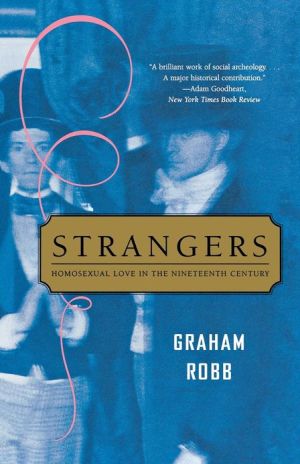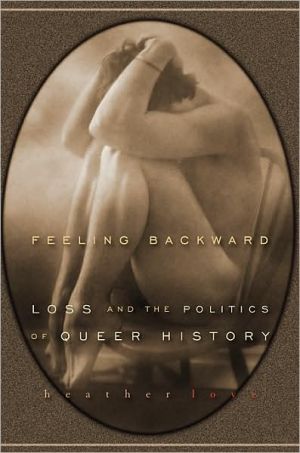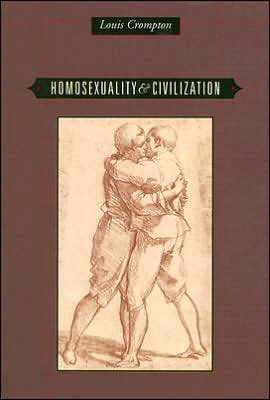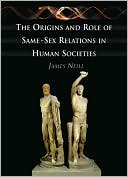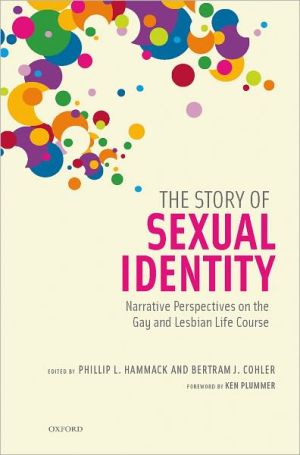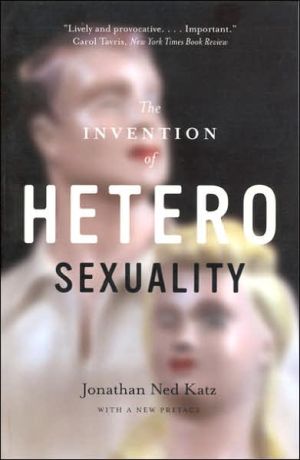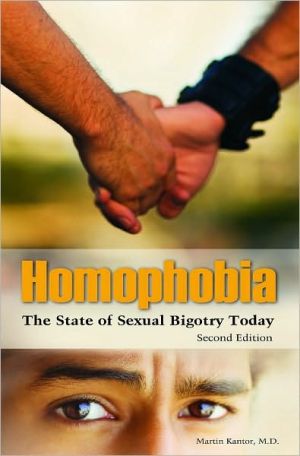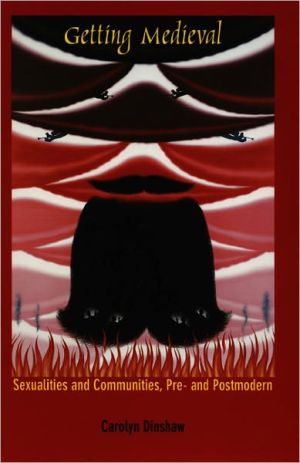Strangers: Homosexual Love in the Nineteenth Century
"A brilliant work of social archaeology....A major historical contribution."—Adam Goodheart, The New York Times Book Review\ The nineteenth century was a golden age for those people known variously as sodomites, Uranians, monosexuals, and homosexuals. Long before Stonewall and Gay Pride, there was such a thing as gay culture, and it was recognized throughout Europe and America. Graham Robb, brilliant biographer of Balzac, Hugo, and Rimbaud, examines how homosexuals were treated by society and...
Search in google:
"A brilliant work of social archaeology....A major historical contribution."—Adam Goodheart, The New York Times Book Review The New York Times In Strangers, [Graham] has produced a brilliant work of social archaeology, all the more remarkable because the truths he unearths were never buried very deep; for decades if not centuries they have been hidden in plain sight … In excavating the long-buried lives of our gay great-great-granduncles and lesbian great-great-grandaunts, Robb has done more than make a major historical contribution. He has, as it were, provided their distant nieces and nephews, gay and straight, with a family tree that we have never had before. — Adam Goodheart
List of Illustrations1Prejudice12In the Shadows173Country of the Blind404Outings845Miraculous Love1256Society of Strangers1567A Sex of One's Own1748Fairy Tales1979Gentle Jesus23310Heroes of Modern Life253App. ICriminal Statistics272App. II'A Categoric Personal Analysis for the Reader'276App. IIIMap of Uranian Europe278Acknowledgements280Notes281Works Cited307Index332
\ The New York TimesIn Strangers, [Graham] has produced a brilliant work of social archaeology, all the more remarkable because the truths he unearths were never buried very deep; for decades if not centuries they have been hidden in plain sight … In excavating the long-buried lives of our gay great-great-granduncles and lesbian great-great-grandaunts, Robb has done more than make a major historical contribution. He has, as it were, provided their distant nieces and nephews, gay and straight, with a family tree that we have never had before. — Adam Goodheart\ \ \ \ \ Publishers WeeklyWith an impressive oeuvre comprising acclaimed biographies of Rimbaud, Balzac and Victor Hugo, Robb returns to spoof the poststructuralist convention that homosexuality, because it was not then categorized or "named," cannot be said to exist prior to 1880; he also argues that homosexual men and women in this period were not automatically persecuted. For Robb, Oscar Wilde's "martyrdom" and similar cases were exceptions to the rule of, if not acceptance, then a grudging knowing. He unpacks now obscure layers of contemporary allusion to show evidence of gay tolerance in many kinds of literary work, from high to low, from Continental, U.S. and U.K. fiction to the most obscure, nearly unreadable pamphlet. And some of the material is decidedly and hilariously antiliterary. "In Weiberbeute by `Luz Frauman' (Budapest, 1901), a frustrated lesbian hypnotizes her girlish stepson into thinking himself a woman. She then induces a phantom pregnancy in him, fosters her own son on him and convinces him he has given birth to a girl." Still, Robb's claim that the eponymous castle in Eekhoud's 1899 novel Escal-Vigor is a "partial anagram of Oscar Wilde" seems true only in the sense that it's also a partial anagram of Gore Vidal. The book ends fittingly on an extended inquiry into the mystery of why so many fictional detectives, beginning with the 19th-century Dupin and Sherlock Holmes, but also the 20th-century Miss Marple and Nero Wolfe, seem to be telling us today they're gay. This agreeable, provocative romp shows that, at least in some strata of society, their peers already knew. (Dec.) Copyright 2003 Reed Business Information.\ \ \ Library JournalThe author of several critical biographies of French writers, Robb casts his eye on the cultural history of gay men and lesbians in Western civilization during the century between the Napoleonic Wars and World War I. Analyzing statistical, legal, medical, theological, and, especially, literary evidence, Robb debunks the notion that this period was the hell of Victorian prudery for "Uranians" usually depicted. Despite repressive laws and severe punishments for sodomy, especially in England, homosexuals were not generally persecuted as they have been at times since. Nineteenth-century mores were surprisingly accommodating, provided one strictly observed the dichotomy between public vs. private morality, and same-sex relationships of various shadings flourished. This excellent work complements Nicholas Edsall's Toward Stonewall, which in part covers the same period and some of the same totemic figures (e.g., Oscar Wilde, Walt Whitman), though Robb provides a more sanguine, literary-oriented perspective, stronger coverage of women, and some different personalities (e.g., Hans Christian Andersen, Karl Heinrich Ulrichs). Smaller gay and lesbian studies and history collections may prefer Edsall's book for its more comprehensive chronological coverage, but larger libraries will want both books. [Previewed in Prepub Alert, LJ 9/1/03.]-Richard J. Violette, Special Libs. Cataloguing, Victoria, B.C. Copyright 2003 Reed Business Information.\ \ \ \ \ Kirkus ReviewsLiterary biographer Robb (Rimbaud, 2000, etc.) gives resonance and shape to homosexual life and love in 19th-century Europe and North America, "the obstacles it encountered and the societies it created." It certainly wasn't the worst time to be gay, he writes. "Pliant attitudes to homosexuality in almost all its forms were prevalent throughout the Victorian age," though pliancy generally consisted of a miserly acceptance that "seasoned, as it usually was, with distaste, pity or amusement . . . could be worse than open hostility." Sexuality was not the dominant question, he contends; "the neighbors were more concerned about an influx of socialists and vegetarians." Robb is not being flip but endeavoring to unearth the long continuity of gay culture. Nineteenth-century homosexuals, he remarks, "lived under a cloud, but it seldom rained." (Oscar Wilde's travails were not the norm; his case went to court as the Dark Ages of the 20th century approached.) The gay community possessed "a highly politicized sense of its sexual rights, a calendar of events and anniversaries, its own villains and living legends, social clubs with international links, cafes and brothels, and well-established cruising grounds with organized patrols." Robb does not paint a sexual utopia; he acknowledges the legal and medical establishments' anti-homosexual ways, but points out that legal-medical persecution was casual and spasmodic. Much more vital and lasting was the gay presence in literature, religion, and "the art of living in the modern world," from symbolism and allegory-Rimbaud to Hans Christian Andersen to Sherlock Holmes-to the tradition of sexually ambiguous messiahs. And though there was no gay-rightsmovement as such, sexual coteries and milieux "could turn shame into self-respect and fear into defiance." An invigorating tour of gay cultural influence during the 1800s and the place occupied by homosexual society within national and international settings. (16 pp. illustrations, not seen)\ \
